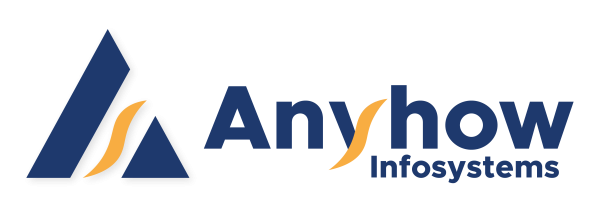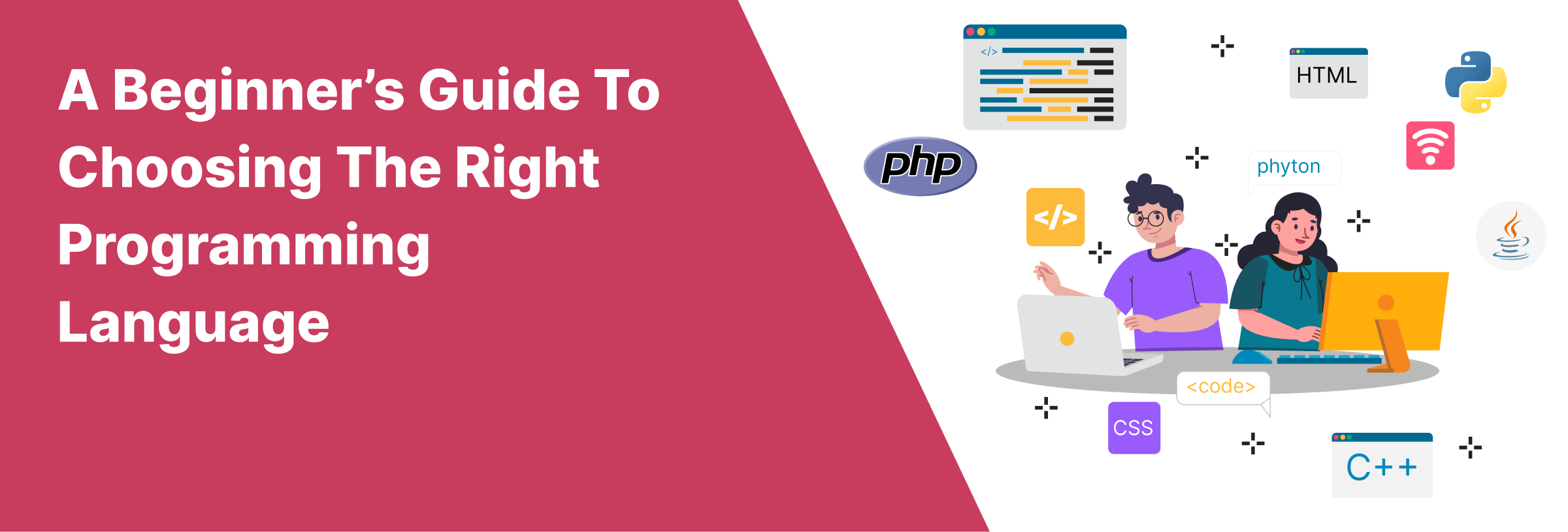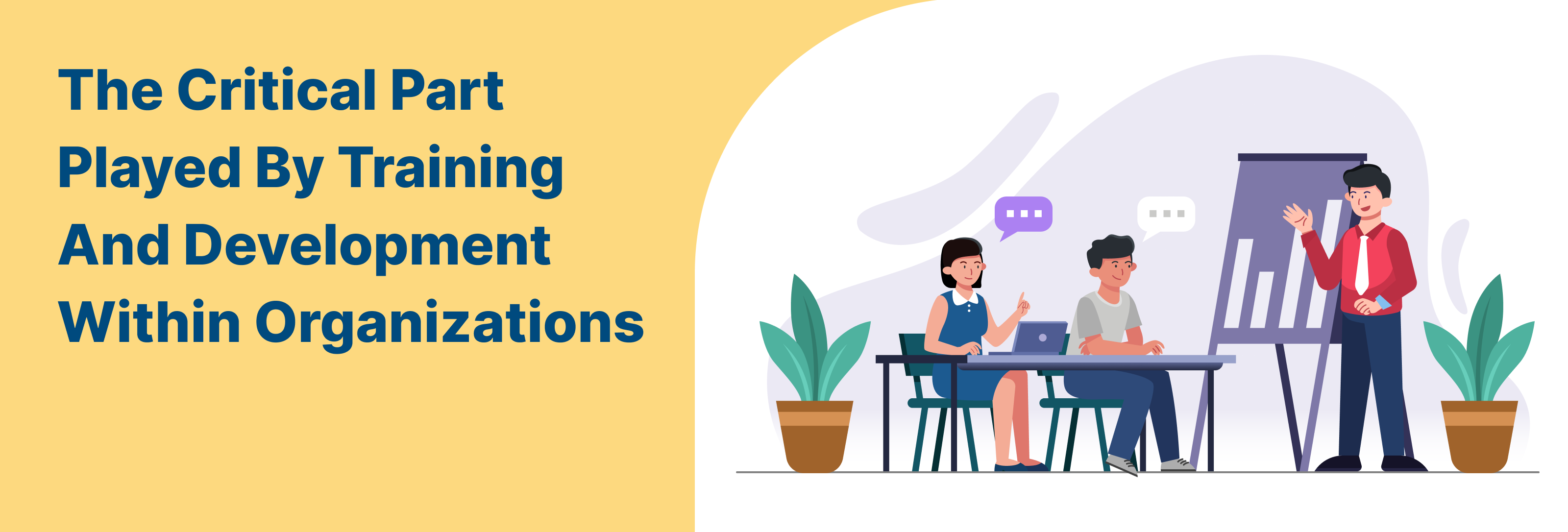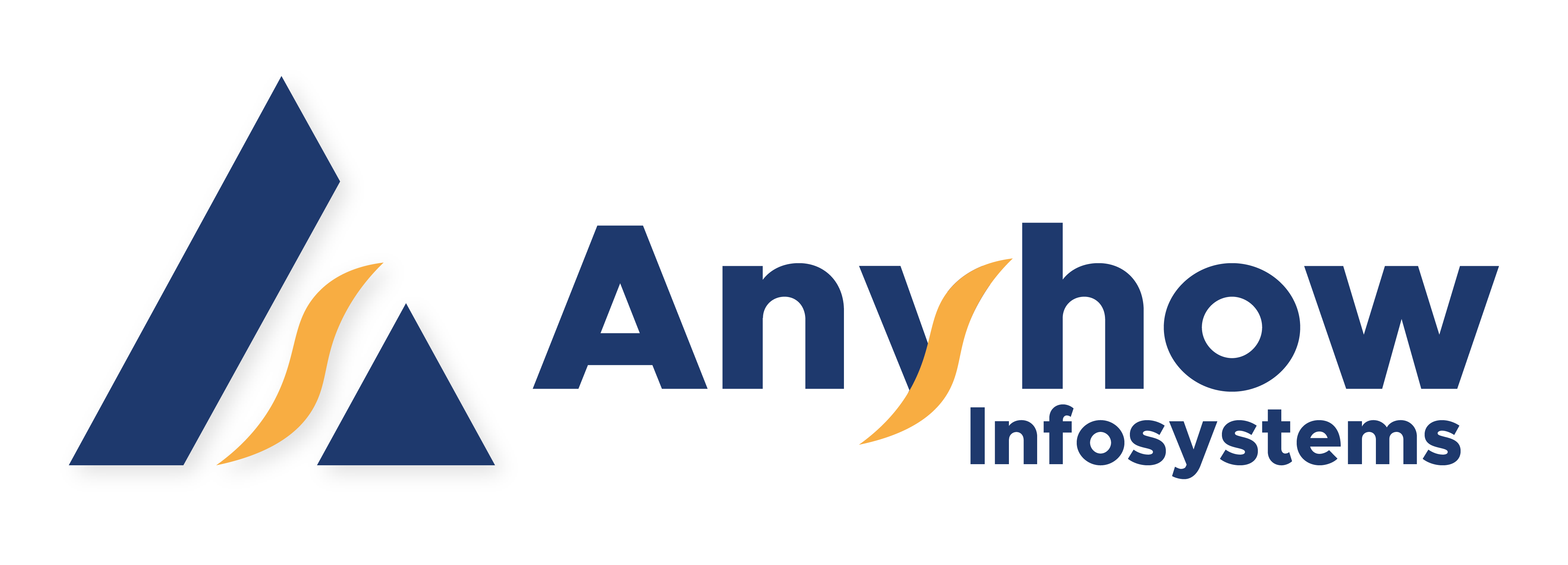A Beginner’s Guide to Choosing the Right Programming Language And Updated in the Dynamic World of Programming Languages.
Choosing the right programming language can be a daunting task for beginners, especially given the myriad of options available today. Each programming language has its own strengths, weaknesses, and areas of application. Here’s a beginner’s guide to help you navigate through the process of choosing the right programming language:
- 1
Define Your Goals: Before choosing a programming language, it’s essential to define what you want to achieve. Are you interested in web development, mobile app development, data science, game development, or something else? Your goals will greatly influence the choice of programming language.
- 2
Consider Your Interests: What interests you the most? Do you prefer working on web applications, analyzing data, or building mobile apps? Choosing a language aligned with your interests will make learning more enjoyable and sustainable in the long run.
- 3
Assess the Job Market: If you’re learning programming with the intention of securing a job, it’s crucial to consider the demand for certain programming languages in the job market. Research the most sought-after languages in your target industry and geographic location.
- 4
Evaluate Learning Resources: Look for high-quality learning resources such as online tutorials, books, courses, and community support for your chosen programming language. The availability of resources can significantly impact your learning experience.
- 5
Explore Versatile Languages: Consider learning a versatile language that can be applied to various domains. Python, for example, is widely used in web development, data science, machine learning, and automation. Versatile languages offer flexibility and open up more opportunities.
- 6
Experiment and Iterate: Don’t be afraid to experiment with different languages to see which ones resonate with you the most. It’s okay to switch paths or languages if you find a better fit along the way. Learning programming is a journey of continuous exploration and learning.

Staying updated in the dynamic world of programming languages is essential to keep your skills relevant and competitive. Here are some strategies to help you stay abreast of the latest developments:
- 1
Follow Industry News and Blogs: Subscribe to blogs, newsletters, and websites that cover programming languages, software development, and technology trends. Websites like Hacker News, Reddit’s programming communities, and tech news outlets such as TechCrunch and Ars Technica often feature articles on emerging languages and technologies.
- 2
Participate in Online Communities: Join online forums, discussion groups, and social media communities related to programming languages you’re interested in. Platforms like Stack Overflow, GitHub, and Reddit have active communities where developers share knowledge, ask questions, and discuss new developments.
- 3
Take Online Courses and Tutorials: Enroll in online courses, tutorials, and workshops to learn new programming languages and technologies. Websites like Coursera, Udemy, and Codecademy offer a wide range of courses taught by industry professionals.
- 4
Read Books and Documentation: Invest in books and official documentation for programming languages and frameworks. Books provide in-depth knowledge and insights that may not be available elsewhere, while official documentation is essential for understanding language specifications and best practices.
- 5
Continuous Learning and Practice: Make learning and practicing programming languages a continuous habit. Dedicate regular time to learning new concepts, exploring new technologies, and honing your skills through coding exercises, projects, and challenges.






